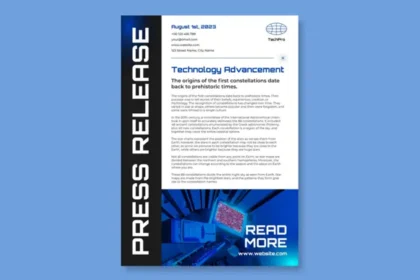More and more sectors are mobilizing their workforce. From nurses transferring information through secure messaging to their colleagues as they change shifts, to police officers replacing paper notebooks with more reliable, secure digital counterparts, today’s mobile phones are compact and strong enough to get the job done. But consumer models of these products, which are usually marketed by U.S. carriers, are often unsuitable for these very unique needs of the business. Companies may need custom software and configuration tools. They may require external resources that can support and upgrade business applications continuously. And if they have offices in different locations, they may need a multi-carrier plan to incorporate.
Instead of operating with conventional implementations selling subsidized devices in exchange for a two-year fixed contract, business organizations address these IT pain points by moving to unlocked devices sold by manufacturers of mobile phones. With unlocked devices, companies pay the phone’s unsubsidized expense in advance, select the operator of their choosing, and control the mobile internally.
Unlocked devices provide streamlined deployment and management solutions with customization and additional resources that help IT admins configure and manage enterprise devices effectively, and provide ongoing support and updates for the entire product lifecycle. These benefits enable companies of any size, in any industry, to manage and secure the mobile environment while providing a device that they love to employees. No wonder it is estimated that the number of unlocked device shipments in the enterprise will nearly double from 2017 to 2021.
How do so many businesses make the switch?
Here are the top five bases why an unlocked phone deployment could be the solution to the business’ mobility needs:
Your Employees Demand Extreme Flexibility
Since carrier networks differ significantly from place to place, in another area, the best service provider can provide little or no service. This is, at best, an inconvenience for employees who fly frequently or work out of field offices. It can, at worst, prevent them from communicating with colleagues, talking to clients, or performing other productivity tasks. Unlocked phones avoid these challenges by offering flexibility for employees to choose the operator that best suits their needs. They also encourage workers while commuting to use pay-as-you-go service plans.
Mobile business needs may not call for cellular data at all
An internal Wi-Fi network can give you all the connectivity you need if you can use highly secure, encrypted, and containerized customization of your unlocked phones. This not only saves you costs, as you are not using a mobile carrier plan, it could also be safer if you leverage the right security and development solutions.
You need every space you can get
Unlocked phones have fewer pre-installed apps and software on traditional mobile service plans than phones. This frees up more space for productivity tasks on the device, such as downloading company-specific apps, recording videos when in the area, or storing relevant documents on the road.
You must tailor your deployments via channel partners
If a hotel knows that employees will only be using their devices on the premises with a Wi-Fi connection, it can remove cellular connectivity to save on costs. If a retailer needs devices to help employees manage inventory and process transactions, it can lock up additional features with a channel partner. If a hospital needs specific software for managing electronic records, it can work with a channel partner to install all of the apps and support services required. Unlocked phones allow these apps the right to be customized without any of the problems that might come from negotiating a service contract.
You want cost savings in the long term
Companies must pay a higher initial cost to buy an unsubsidized device, and they end up paying lower operating costs. More than 40 percent of respondents said they wanted an unlocked device in a recent IDC survey since it allowed them to enroll in the best available rate plan. Over an unlocked device’s life cycle, services lead to a lower overall cost of ownership, excluding the possible loss of efficiency that comes from restricting workers in different places to only one network choice.
As the businesses moves to strategies that accentuate speed, versatility, and choice, unlocked devices help mobile deployments do the same. Unlocked phones help businesses everywhere harness the full potential of their mobilized workforce by offering new opportunities for customization, flexibility, and cost-savings.










